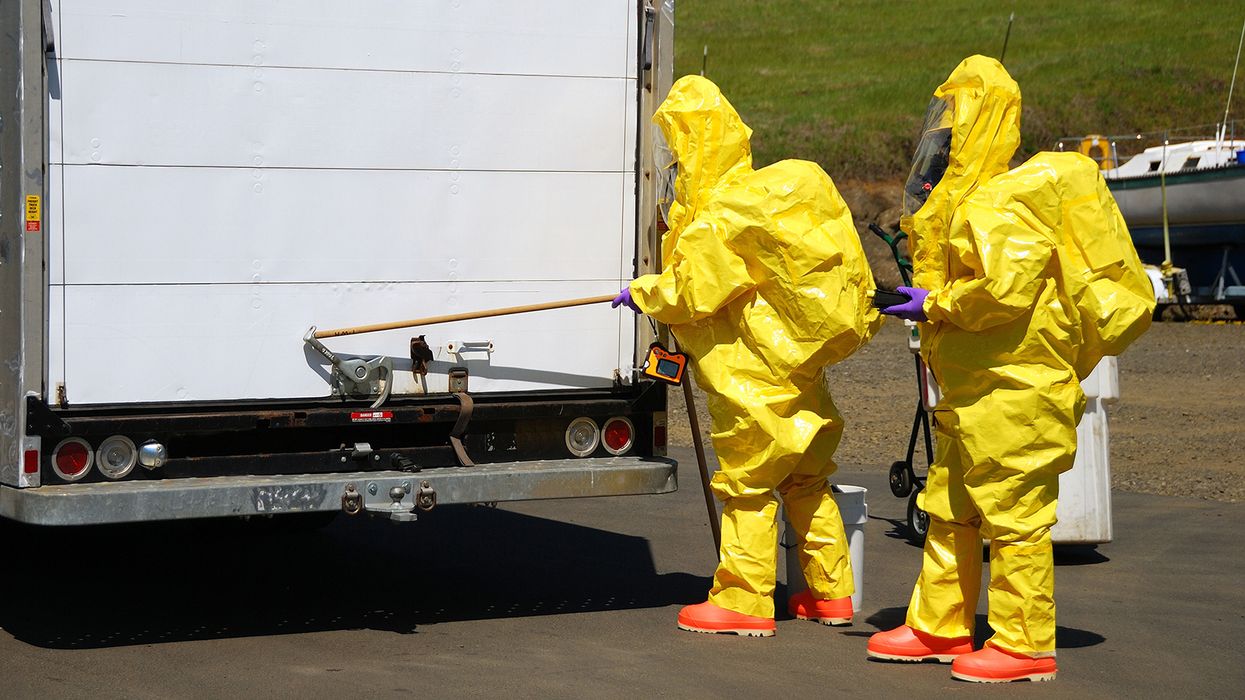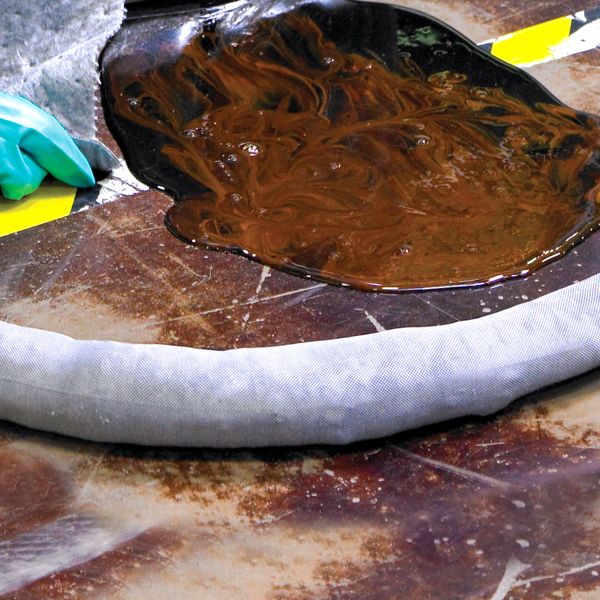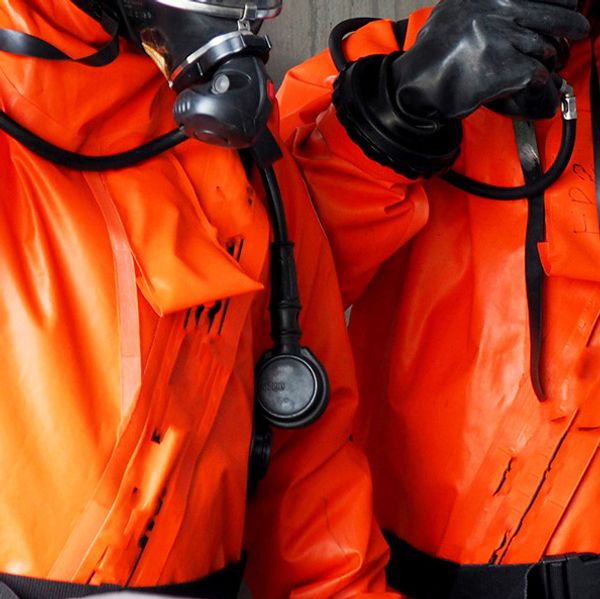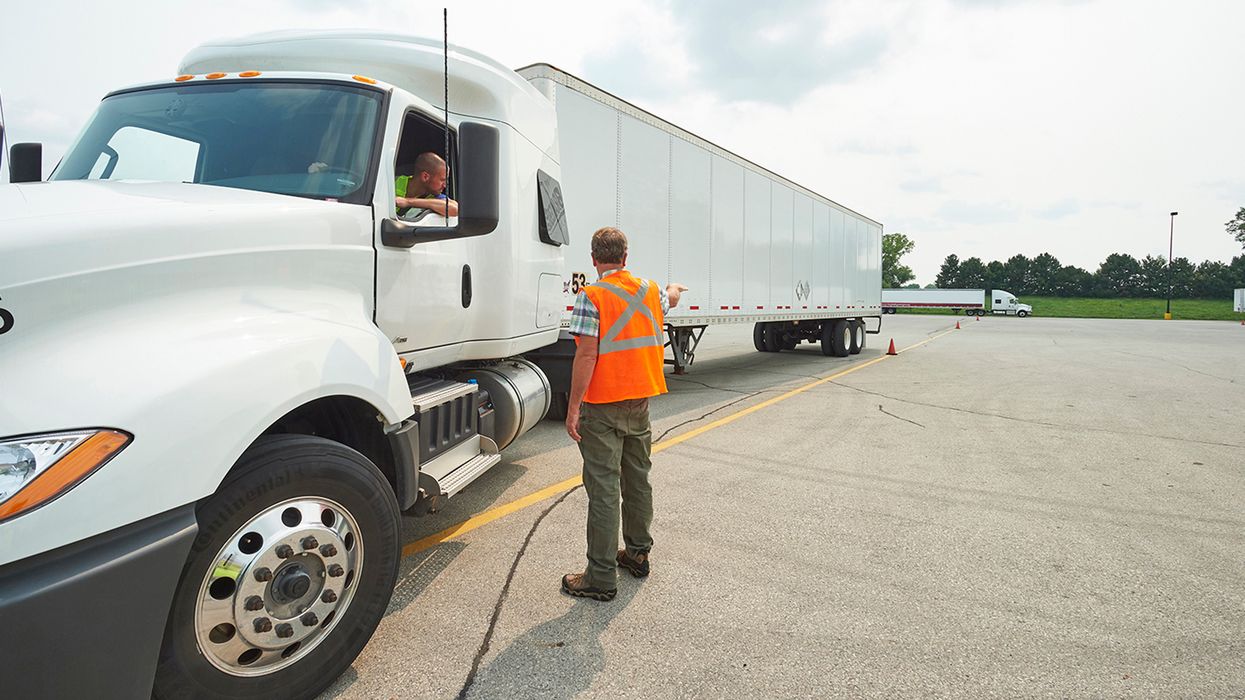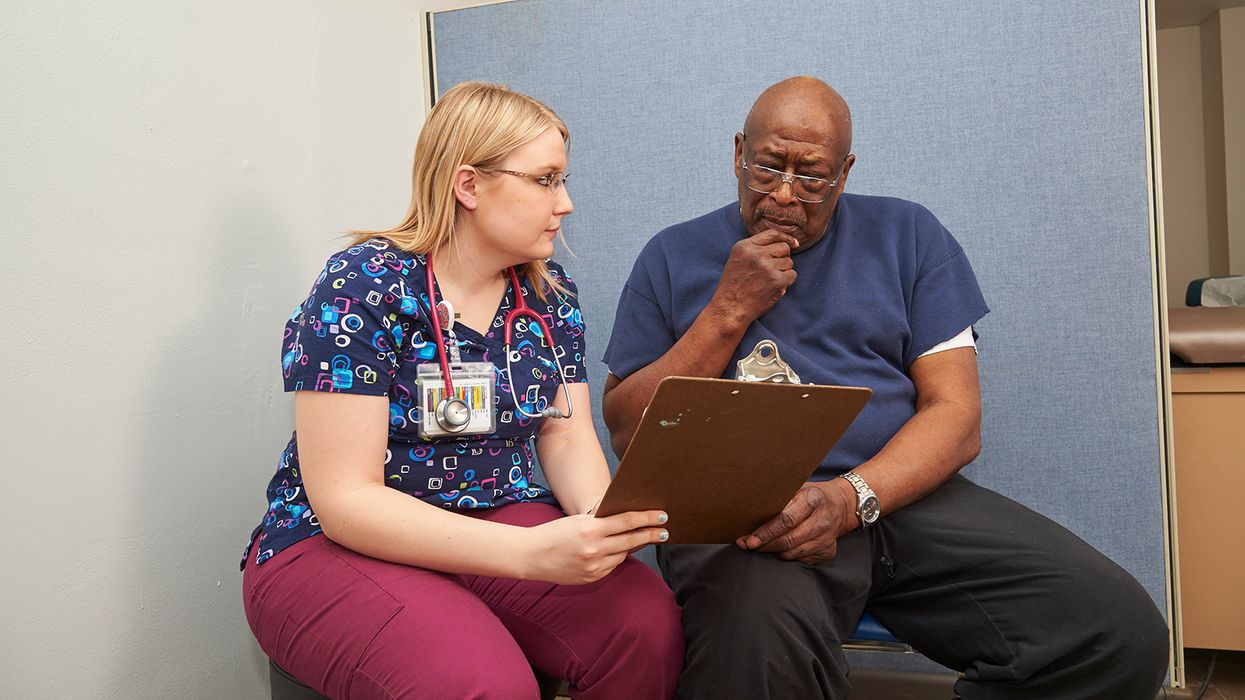OSHA HAZWOPER Standard requires paperwork
As an employer, you can generate any number of records, but we know it can be daunting trying to manage them. The Occupational Safety and Health Administration’s (OSHA’s) Hazardous Waste Operations and Emergency Response (HAZWOPER) Standard at 29 CFR 1910.120 and 1926.65 is no different.
Hazardous substances, including hazardous waste, hazardous materials, biological agents, and certain substances regulated by the Environmental Protection Agency (EPA), pose numerous worker safety and health hazards if not approached and dealt with properly. The OSHA HAZWOPER Standard is intended to provide a framework for you to implement, to protect your workers from these hazards during:
- Hazardous waste cleanup operations;
- Hazardous waste treatment, storage, and/or disposal operations; and
- Hazardous substance emergency response operations.
Paperwork is a part of that protective framework, and for HAZWOPER, it includes training certification, monitoring/sampling records, medical surveillance records, and written plans.
Training certification
Initial and annual refresher training must be certified. A written certificate shall be given to each trainee that successfully completes the training. OSHA says the employer will generate and maintain the certification record to meet the requirement, and the agency advises you to keep training certification records for a minimum of five years after the date of training.
In the case of hazardous waste cleanup sites, employers who can show by documentation or certification that a someone’s work experience and/or training has resulted in training equivalent to what’s required, then initial training is not required for that worker.
Monitoring/sampling records
Air monitoring required under the HAZWOPER Standard will generate “employee exposure records.” The term employee exposure record is defined in-depth at §1910.1020, but generally includes:
- Information about environmental monitoring, measuring, and sampling and any calculations and data relevant to interpreting the results;
- Information about biological monitoring results;
- Material safety data sheets (or safety data sheets) or alternatively, a record that reveals where, when, and what chemical or harmful physical agent was used.
Employee exposure records must be maintained for at least 30 years, with some exceptions, as described at paragraph 1910.1020(d).
Medical surveillance records
Certain workers must receive medical exams based on the criteria in HAZWOPER’s medical surveillance program, and any worker medical complaints, any physician’s opinions, recommended limitations, medical test results, and a copy of the information sent to the physician must be retained for at least the duration of employment plus 30 years. These medical records are kept in accordance with 1910.1020.
Written plans
Depending on your operations you may need one or both of the following plans:
- Written HAZWOPER safety and health program — See 1910.120(b) and (p).
- Written emergency response plan (ERP) or emergency action plan (EAP) — See 1910.120(l), (p)(8), and (q)(1)-(2).
You can only use the EAP (instead of the ERP) if none of your workers will handle the emergency release and you just evacuate all your workers. If applicable, EAPs must be in writing, kept in the workplace, and available to workers for review; however, if you have 10 or fewer workers at the location, you may communicate the plan orally to them.

